Table of content
White boiled shrimp, a dish celebrated for its simplicity and ability to highlight the natural sweetness of seafood, is a staple in kitchens worldwide. Yet, achieving that coveted tender texture and vibrant flavor hinges on one critical factor: precise cooking time. Overcooked shrimp become rubbery and tough, while undercooked specimens pose food safety risks. This article delves into the science and techniques behind boiling shrimp to perfection, ensuring every batch delivers a delicate balance of taste and texture.
Understanding the Basics of Boiling Shrimp
Boiling shrimp may seem straightforward, but variables such as shrimp size, water temperature, and altitude can drastically alter cooking times. The goal is to cook the shrimp until their flesh turns opaque and forms a gentle “C” shape, indicating doneness without overcooking.
Shrimp Size Matters
Shrimp are sold in varying sizes, typically labeled by count per pound (e.g., 21-25 or 16-20). Smaller shrimp cook faster, while larger varieties require more time. For instance:
- Small/Medium Shrimp (51-60 per pound): 1-2 minutes.
- Medium Shrimp (41-50 per pound): 2-3 minutes.
- Large Shrimp (26-30 per pound): 3-4 minutes.
- Jumbo Shrimp (16-20 per pound): 4-5 minutes.
Always check packaging or ask your fishmonger for size specifics to adjust timing accordingly.
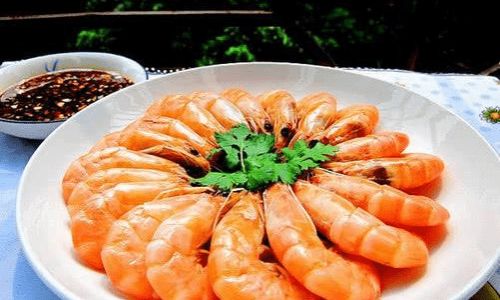
Water Temperature: Cold Start vs. Boiling Water
Opinions differ on whether to start with cold water or boiling water. Both methods work but yield slightly different results:
- Cold Water Method: Submerge shrimp in cold, seasoned water and bring to a boil. This gentle approach ensures even cooking but may slightly dilute flavors.
- Boiling Water Method: Add shrimp to rapidly boiling water. This sears the exterior quickly, locking in juices but requiring vigilant timing to prevent toughness.
Altitude Adjustments
At higher elevations, water boils at lower temperatures, increasing cooking time. For every 1,000 feet above sea level, add 1-2 minutes to the cooking process.
Quantity Considerations
Overcrowding the pot lowers water temperature, leading to uneven cooking. Boil shrimp in batches if necessary, ensuring the water returns to a boil before adding the next portion.
Step-by-Step Guide to Perfect White Boiled Shrimp
Preparation
- Thawing (if frozen): Transfer frozen shrimp to the refrigerator 8-10 hours before cooking. Avoid microwave thawing, which can partially cook the shrimp.
- Deveining: Use a paring knife or kitchen shears to remove the dark intestinal vein along the shrimp’s back. Rinsing under cold water helps eliminate stray debris.
- Shells On or Off? Leaving shells intact enhances flavor, but peeled shrimp are easier to eat. For presentation, cook with shells on and peel just before serving.
Seasoning the Water
Flavorful cooking liquid elevates the dish. Combine:
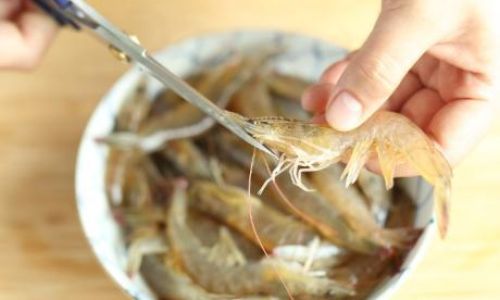
- 8 cups water (or enough to submerge shrimp).
- 2 tbsp salt (or 1 tbsp per quart of water).
- 1 lemon, sliced (for acidity and aroma).
- 1 tbsp black peppercorns.
- 1 bay leaf.
- Fresh herbs like parsley or dill (optional).
Bring to a rolling boil over high heat.
Cooking Process
- Add shrimp to boiling water. Stir gently to ensure even cooking.
- Set a timer based on shrimp size. Monitor closely—overcooking happens swiftly.
- Test for doneness: The shrimp will curl into a “C” shape (overcooked shrimp form a tight “O”). The flesh should turn opaque white/pink, and the tail should pinch off easily.
The Ice Bath Shock
Immediately transfer cooked shrimp to a bowl of ice water. This stops cooking, preserves texture, and makes peeling easier. Let them chill for 2-3 minutes before draining.
Expert Tips for Flawless Results
-
Use a Timer Religiously
Even 30 seconds over the recommended time can ruin texture. Set a timer and start checking 30 seconds early. -
Avoid Overcrowding
Maintain a ratio of at least 1 quart of water per pound of shrimp to prevent temperature drops.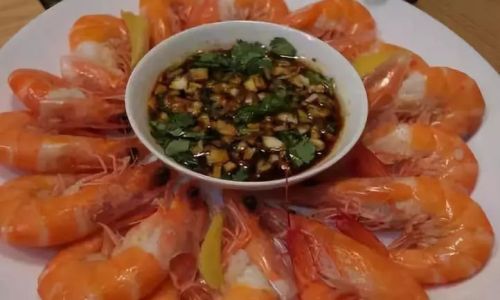
-
Monitor Water Temperature
If using the cold start method, ensure the water reaches 212°F (100°C) at sea level before adding shrimp. -
Adjust for Freshness
Fresh shrimp cook slightly faster than frozen. Thawed shrimp may require 15-30 seconds less time. -
Experiment with Flavors
Swap lemon for lime, add Old Bay seasoning, or infuse the water with garlic cloves for depth.
Serving Suggestions
White boiled shrimp’s versatility shines in various culinary contexts:
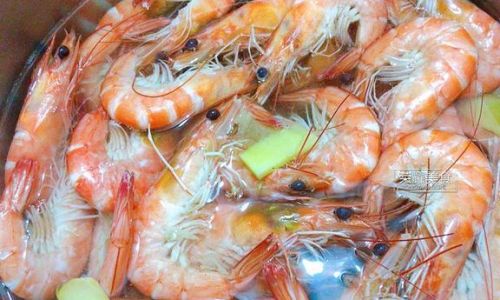
- Cocktail Sauce Classic: Serve with a tangy mix of ketchup, horseradish, lemon juice, and Worcestershire sauce.
- Garlic Butter Dip: Melt butter with minced garlic, parsley, and red pepper flakes.
- Asian-Inspired: Pair with a soy-ginger dipping sauce or a spicy chili-lime mayo.
- Salad Topper: Add to green salads with avocado, cherry tomatoes, and a citrus vinaigrette.
- Taco Filling: Toss with cabbage slaw, cilantro, and a drizzle of crema.
For parties, arrange shrimp on a platter over crushed ice with garnishes like lemon wedges and fresh herbs.
Common Mistakes to Avoid
-
Overcooking
Err on the side of undercooking; residual heat continues cooking shrimp post-removal. -
Using Too Much Water
Excess water dilutes seasonings. Use just enough to submerge the shrimp. -
Skipping the Ice Bath
Without it, shrimp become mushy as they carry overcook.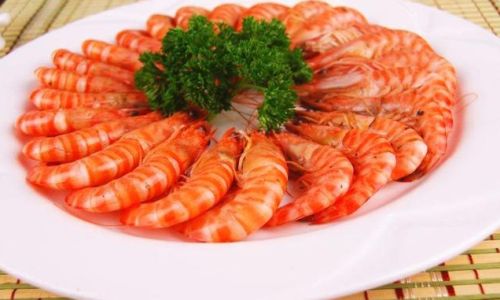
-
Ignoring Shrimp Size
A one-size-fits-all approach guarantees inconsistency. Tailor times to the count per pound. -
Not Adjusting for Altitude
High-altitude cooks must extend boiling times to compensate for lower temperatures.
Conclusion
Cooking white boiled shrimp is an exercise in precision and patience. By mastering variables like shrimp size, water temperature, and timing, you unlock a dish that’s both elegant and effortless. Whether hosting a dinner party or craving a light meal, perfectly boiled shrimp reward the cook with tender, flavorful results every time. Experiment with seasonings, embrace the ice bath, and remember: the line between perfection and ruin is measured in seconds. With practice, you’ll soon gauge doneness by sight and touch, turning a simple technique into a culinary triumph.
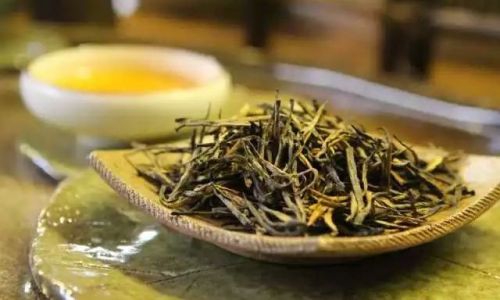
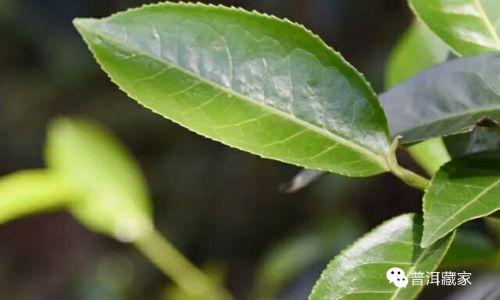
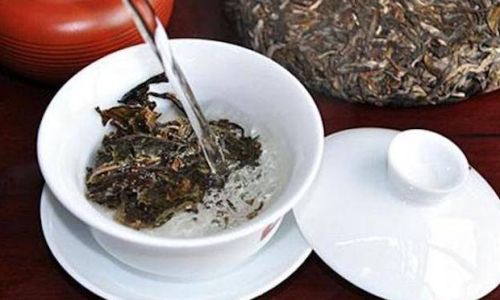
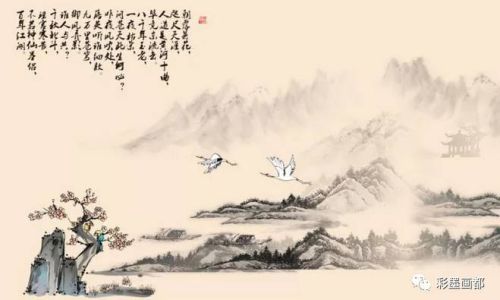
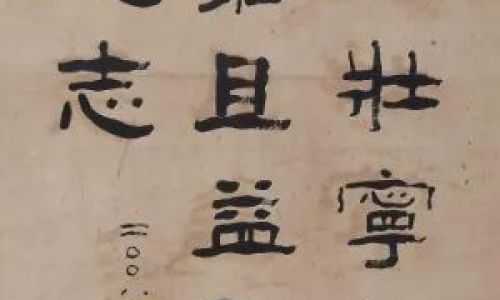
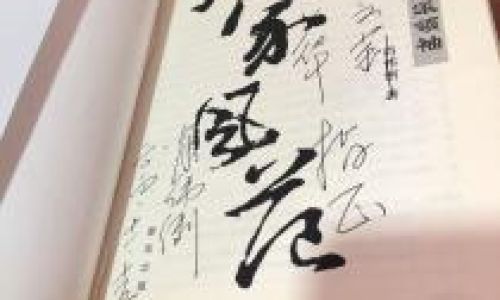
0 comments